Are you feeling stressed, tired, or simply out of sync? It’s time to unlock the full potential of your body with a rejuvenating full body massage reset. This holistic approach to wellness can help you relax, release tension, and restore balance in your mind and body. Whether you’re dealing with muscle aches, chronic pain, or just in need of some self-care, a full body massage reset is the perfect solution.
Using a combination of soothing touch, essential oils, and skilled techniques, professional therapists can target specific areas of tension and promote overall well-being. From relieving everyday stress to improving circulation and enhancing flexibility, the benefits of a full body massage reset are endless.
This powerful treatment goes beyond just physical relaxation. It can also provide a mental and emotional reset, leaving you feeling refreshed, revitalized, and ready to take on the world. So, why wait? Unlock your body’s potential and experience the transformative effects of a full body massage reset today.
Understanding the Benefits of a Full Body Massage

A full body massage offers a wide range of benefits that go beyond simple relaxation. Firstly, it helps to relieve muscle tension and reduce pain. The skilled hands of a professional masseuse can target specific areas of tightness, knots, or stress, using various techniques such as kneading, tapping, and deep pressure. This can help to release built-up tension in your muscles and alleviate chronic pain.
Furthermore, a full body massage can improve circulation throughout your entire body. The pressure applied during the massage helps to stimulate blood flow, allowing oxygen and nutrients to reach your muscles and organs more efficiently. This increased circulation can promote healing, reduce inflammation, and contribute to an overall sense of well-being.
Another significant benefit of a full body massage is its ability to reduce stress and anxiety. As the therapist gently massages your body, it triggers the release of endorphins, which are the body’s natural feel-good hormones. These endorphins can help to elevate your mood, reduce stress levels, and induce a deep state of relaxation. Additionally, the soothing touch and ambiance of a massage session can create a calming environment, allowing you to escape from the pressures of everyday life.
Exploring Different Types of Full Body Massages
When it comes to full body massages, there are various techniques and styles to choose from. Each type of massage focuses on different aspects of the body and may have unique benefits.
- Swedish Massage: This is one of the most popular types of full body massages. It involves long, gliding strokes, kneading, and circular motions to promote relaxation and ease muscle tension. Swedish massage is an excellent choice for beginners or anyone looking for a gentle, soothing experience.
- Deep Tissue Massage: If you have chronic muscle pain or tension, a deep tissue massage may be more suitable for you. This technique involves applying firm pressure and slow strokes to target the deeper layers of muscle and connective tissue. Deep tissue massage can help to break up scar tissue, improve mobility, and relieve chronic pain.
- Sports Massage: Designed specifically for athletes or individuals engaged in physical activities, a sports massage focuses on preventing and treating injuries, enhancing performance, and promoting faster recovery. This type of massage may involve stretching, compression, and deep pressure to target specific muscle groups.
- Hot Stone Massage: As the name suggests, hot stone massage involves the use of heated stones placed on specific areas of the body. The heat from the stones helps to relax muscles, allowing the therapist to perform deeper massage techniques. Hot stone massage can be incredibly soothing and is beneficial for promoting relaxation and relieving muscle tension.
How to Prepare for a Full Body Massage
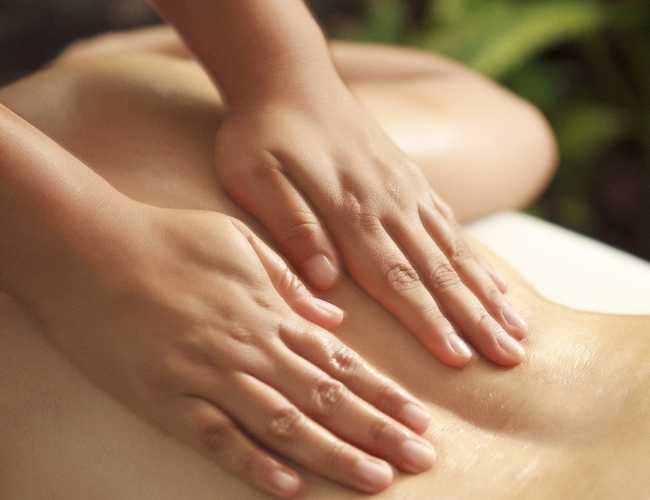
Before you embark on your full body massage journey, it’s essential to prepare yourself physically and mentally for the experience. Here are some tips to help you make the most out of your massage session:
- Hydrate: Drinking plenty of water before your massage can help to hydrate your muscles and tissues, making it easier for the therapist to manipulate them. It also helps to flush out toxins released during the massage.
- Shower: Taking a warm shower before your massage session can help relax your muscles and make you feel more comfortable. It’s also a good idea to arrive at the spa or massage studio clean and fresh.
- Communicate with your therapist: Before the massage begins, discuss any specific concerns or areas of focus with your therapist. Let them know about any injuries, allergies, or medical conditions you have to ensure a safe and tailored experience.
- Dress comfortably: Wear loose, comfortable clothing that is easy to remove and put back on. Most massage sessions are done with the client undressed to their comfort level and covered with a sheet or towel for privacy.
- Relax your mind: Take a few moments before the massage to clear your mind and relax. Focus on deep breathing or try techniques such as visualization or meditation to help calm your thoughts.
Remember, the more relaxed and open you are to the experience, the more beneficial the massage will be.
What to Expect During a Full Body Massage Session
When you arrive at the spa or massage studio for your full body massage, you will be greeted by a friendly receptionist or therapist who will guide you through the process. Here’s what you can generally expect during a full body massage session:
- Consultation: The therapist will discuss your goals, concerns, and any specific areas of focus with you. They may also ask about your medical history, injuries, or allergies to ensure a safe and effective massage.
- Privacy and comfort: You will be given a private room or space to undress to your comfort level. Most massage sessions are done with the client undressed, but you will always be covered with a sheet or towel for privacy. The room will be dimly lit, with soothing music playing in the background to create a relaxing ambiance.
- Body positioning: You will be instructed on how to position yourself on the massage table, usually lying face down or face up, depending on the techniques the therapist will use. The table will be padded and comfortable, ensuring your body is properly supported throughout the session.
- Application of oils or lotions: The therapist will apply a small amount of oil or lotion to their hands and then to your body. This helps to reduce friction and allows their hands to glide smoothly over your skin during the massage.
- Massage techniques: The therapist will begin the massage using a combination of techniques, such as long, gliding strokes, kneading, tapping, and deep pressure. They will target specific areas of tension or focus on the entire body, depending on your preferences and needs.
- Communication: Throughout the massage, it’s important to communicate with your therapist. Let them know if the pressure is too light or too firm, if you need more or less time spent on a particular area, or if you experience any discomfort.
- Relaxation and aftercare: After the massage, the therapist will leave the room, allowing you time to relax and slowly get dressed. They may also provide recommendations for aftercare, such as drinking water, taking a warm bath, or avoiding strenuous activities for a certain period.
Techniques Used in a Full Body Massage
A skilled therapist will use a variety of techniques during a full body massage to target specific areas of tension and promote relaxation. Here are some common techniques you may encounter during your massage session:
- Effleurage: This technique involves long, gliding strokes using the palms of the hands or fingertips. It helps to warm up the muscles, increase circulation, and create a sense of relaxation.
- Petrissage: Petrissage techniques involve kneading, squeezing, or rolling the muscles using the palms, fingers, or thumbs. This helps to release tension, improve circulation, and break up knots or adhesions in the soft tissues.
- Friction: Friction techniques involve applying deep, circular pressure using the fingertips, thumbs, or knuckles. This can help to break up scar tissue, release trigger points, and improve flexibility.
- Tapotement: Tapotement techniques involve rhythmic tapping, pounding, or chopping movements using the edges of the hands or fingertips. This technique helps to stimulate the muscles, increase blood flow, and invigorate the body.
- Stretching: Some therapists may incorporate stretching techniques into the massage session to improve flexibility and range of motion. This can involve passive stretching, where the therapist gently moves your limbs, or active stretching, where you actively participate in the stretching movements.
Remember, each therapist may have their unique style and may use a combination of techniques tailored to your specific needs and preferences.
Aftercare: Tips for Maximizing the Benefits of a Full Body Massage
After your full body massage, it’s important to take care of yourself to maximize the benefits and prolong the effects of the treatment. Here are some tips for effective aftercare:
- Hydrate: Drink plenty of water to flush out toxins and keep your body hydrated. Massage can release metabolic waste, so it’s crucial to replenish your fluids.
- Take it easy: Give yourself some time to relax and rest after the massage. Avoid strenuous activities or intense workouts for at least a few hours to allow your body to fully recover.
- Stretch: Incorporate gentle stretching exercises into your routine to maintain flexibility and prevent muscle tightness. Your therapist may provide you with specific stretches to target areas of concern.
- Practice self-care: Treat yourself to a warm bath with Epsom salts or take a leisurely walk in nature. Engaging in activities that promote relaxation and well-being will help to prolong the effects of the massage.
- Schedule regular massages: To fully unlock your body’s potential and experience long-term benefits, consider incorporating regular full body massages into your wellness routine. This could be weekly, bi-weekly, or monthly, depending on your needs and budget. Consistency is key in maintaining a healthy body and mind.
Finding a Professional Masseuse or Spa for a Full Body Massage
When it comes to choosing a professional masseuse or spa for your full body massage, it’s important to do your research and consider a few factors. Here are some tips to help you find the right therapist or spa:
- Ask for recommendations: Seek referrals from friends, family, or healthcare professionals who have had positive experiences with massage therapists or spas. Personal recommendations can often be reliable and trustworthy.
- Check qualifications and certifications: Ensure that the therapist you choose is licensed and certified in the appropriate massage techniques. This guarantees that they have undergone proper training and adhere to professional standards.
- Read reviews and testimonials: Look for online reviews or testimonials from previous clients. This can give you insight into the quality of service and customer satisfaction provided by the therapist or spa.
- Visit the spa or therapist: If possible, visit the spa or have a consultation with the therapist before booking a session. Assess the cleanliness, ambiance, and professionalism of the facility. This will give you a sense of whether it’s the right fit for you.
- Trust your instincts: Ultimately, trust your gut feeling. If something doesn’t feel right or you don’t feel comfortable during the consultation or visit, it’s okay to explore other options. It’s essential to choose a therapist or spa that you trust and feel at ease with.
Remember, finding the right therapist or spa is crucial in ensuring a positive and beneficial full body massage experience.
DIY Full Body Massage Techniques at Home
While professional massages are undoubtedly beneficial, you can also incorporate DIY full body massage techniques into your self-care routine at home. Here are some simple techniques you can try:
- Self-massage with a foam roller: A foam roller is a versatile tool that can help release muscle tension and improve flexibility. Roll the foam roller under different areas of your body, applying gentle pressure, and targeting areas of tightness or discomfort.
- Hand and foot massages: Use your hands or a tennis ball to massage your hands and feet. Apply pressure using circular motions or kneading techniques to release tension and improve circulation.
- Scalp massage: Gently massage your scalp using your fingertips in circular motions. This can help to relieve stress, improve blood flow to the scalp, and promote relaxation.
- Facial massage: Use your fingers to apply gentle pressure and circular motions to your face. This can help to relax facial muscles, improve circulation, and reduce tension or headaches.
- Stretching: Incorporate stretching exercises into your daily routine to maintain flexibility and relieve muscle tension. Focus on major muscle groups like the neck, shoulders, back, and legs.
Remember, while DIY techniques can be beneficial, they may not replace the expertise and skill of a professional massage therapist. If you have specific concerns or chronic pain, it’s always best to consult with a professional before attempting self-massage techniques.
Conclusion: The Importance of Incorporating Regular Full Body Massages into Your Wellness Routine
Unlocking your body’s potential with a full body massage reset is a powerful way to promote relaxation, release tension, and restore balance in your mind and body. The benefits of regular full body massages go beyond just physical relaxation. They can help improve circulation, relieve muscle tension, reduce stress and anxiety, and provide a mental and emotional reset.
By exploring different types of full body massages, preparing adequately for your massage session, understanding the techniques used, and practicing effective aftercare, you can maximize the benefits of each massage experience. Whether you choose to visit a professional masseuse or incorporate DIY techniques at home, regular full body massages should become an integral part of your wellness routine.
So, why wait? Take the time to unlock your body’s potential and experience the transformative effects of a full body massage reset today. Your mind, body, and overall well-being will thank you for it!
 Arabic
Arabic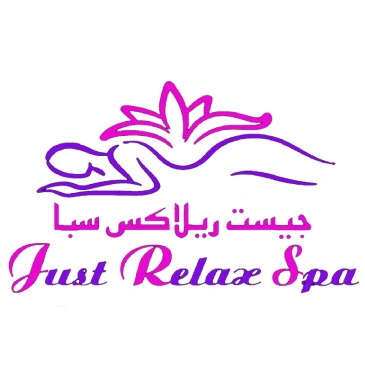
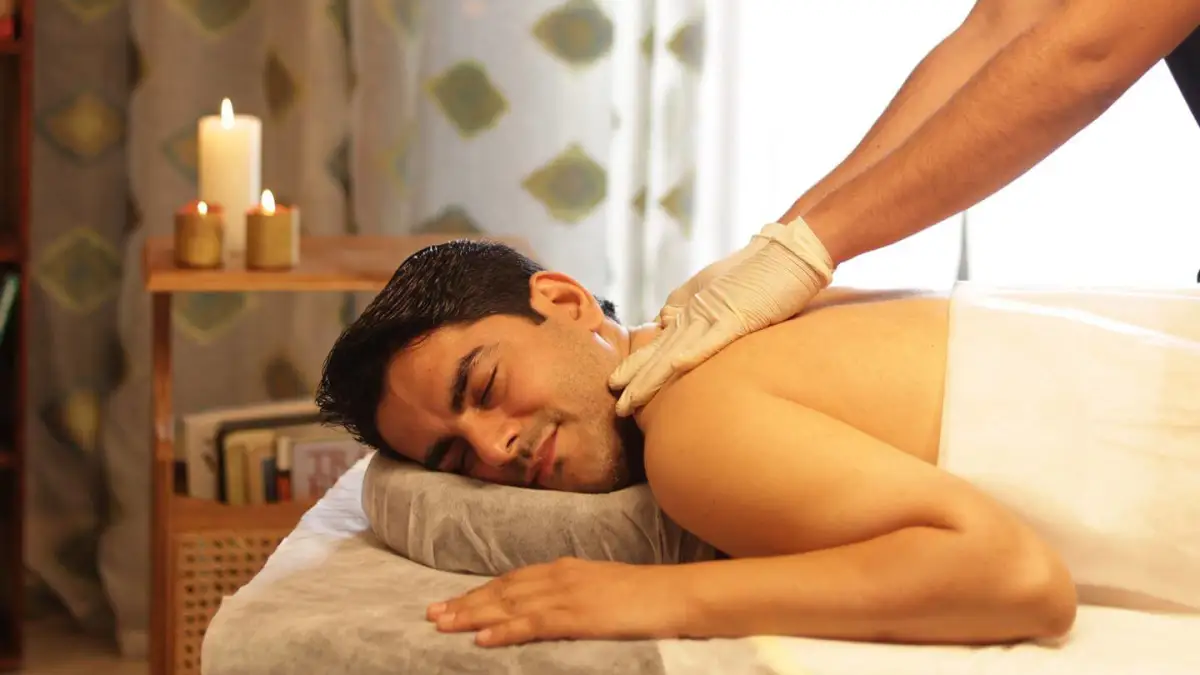
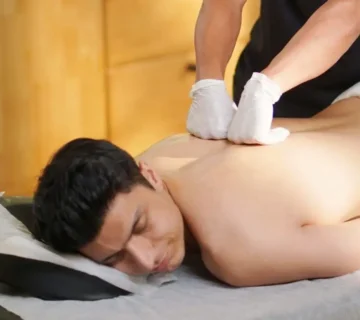
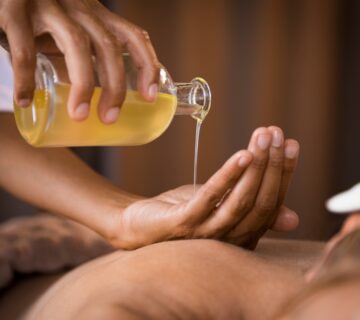

No comment